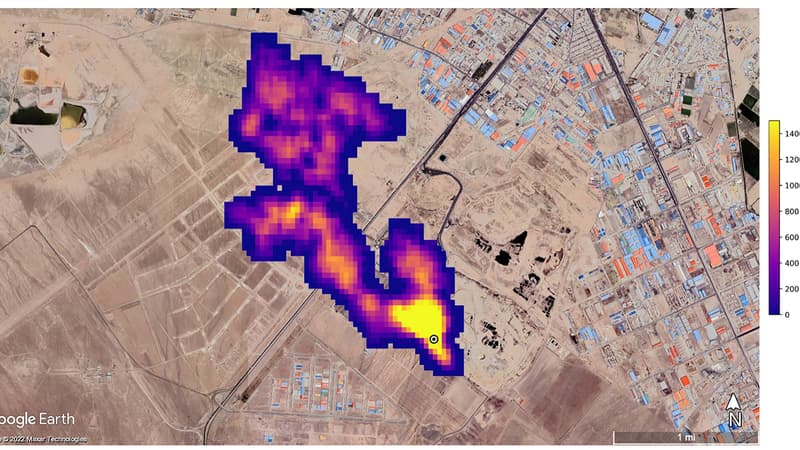A new NASA mission has detected dozens of methane “super emitters” from space, a feat that scientists hope will act to limit emissions of this potent greenhouse gas.
These “super emitters” are usually sites linked to the fossil fuel, waste treatment or even agriculture sectors.
Launched into space in July and installed on the International Space Station, the mission, named EMIT, had as its initial objective to observe how the movement of mineral dust affects the climate.
“Helping Scientists”
But this tool has also proven useful for another crucial task: It has observed more than 50 “super emitters” in Central Asia, the Middle East and the southwestern United States, NASA said Tuesday.
This capability “will not only help scientists better identify where methane leaks are coming from, but also help understand how they can be addressed, and quickly,” said NASA chief Bill Nelson.
Some of the plumes detected “are among the largest ever seen,” Andrew Thorpe of NASA’s Jet Propulsion Laboratory (JPL) said in a statement. “What we have found in such a short time is already beyond what one could imagine.”
EMIT is “the first of a new class of imaging spectrographs intended for Earth observation,” NASA noted, though methods for satellite-based methane leak detection have already come a long way in recent years.
Methane is responsible for around 30% of global warming. Although it remains in the atmosphere for much less time than CO2, it has 80 times more heating power over a 20-year period. Therefore, a reduction in methane emissions is crucial to meeting the goals of the Paris climate agreement.
Source: BFM TV


